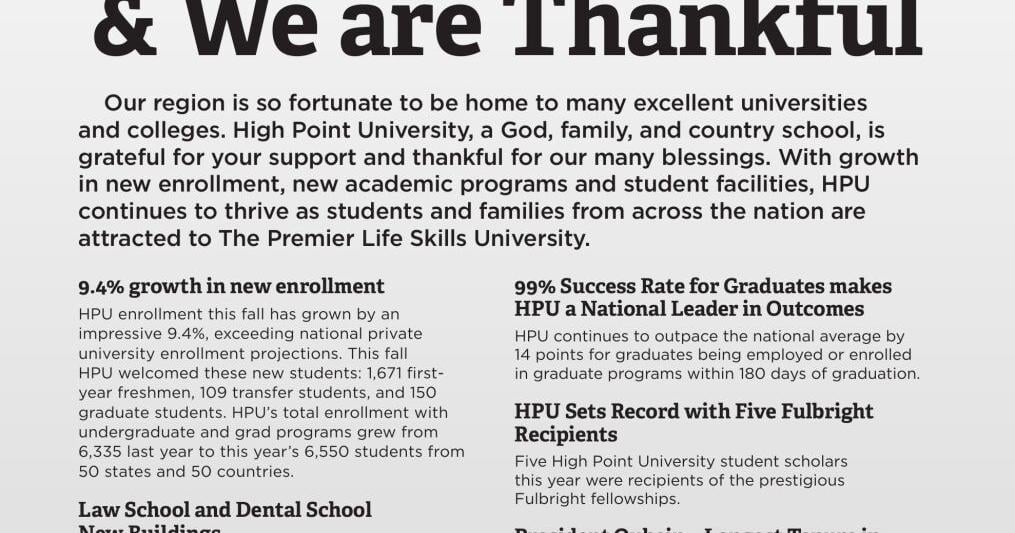
Alexandr Wang, the 28-year-old billionaire co-founder of Scale AI and newly appointed chief AI officer at Meta, has a clear message for teens: learn AI coding now, and you’ll have a massive advantage later. As someone who spends a lot of time reviewing and testing AI, I can honestly say this advice is practical for anyone, regardless of where they are in their career.
On a recent episode of the TBPN podcast, Wang said he’s been “radicalized by AI coding,” also known as vibe coding. The concept is simple: Instead of writing lines of code from scratch, users turn to AI tools like Claude or ChatGPT to generate software for games, websites, and apps.
The natural language prompts aren’t complex, and anyone can get started. Something as simple as “Make a mobile app that tracks my homework” prompted into Claude, Gemini, or ChatGPT can give you the code you need for this application in minutes.
Wang compares the moment to the early computer revolution, when Bill Gates gained an edge by tinkering with software long before the rest of the world caught on. “If you just happen to spend, like, 10,000 hours playing with the tools and figuring out how to use them better than other people, that’s a huge advantage,” he said during the interview.
A controversial take
While it might be accurate, Wangs advice is controversial; he even admits that within five years, all the code he has ever written could be produced by AI.
As humans fear losing their jobs to AI, this feeds into a bigger question about why learning coding at all is even worth learning.
But here’s the thing: One of the best ways to future-proof your career is to learn how to use AI to leverage your skills beyond what you’re currently capable of doing. In other words, by learning how to talk to machines with AI, you can guide them to ultimately turn your ideas into reality faster than before — and that’s a skill that can benefit you in numerous career paths.
5 vibe coding prompts to try right now
Curious to try vibe coding and see what’s possible? Open an AI coding tool like Claude, Gemini, or even ChatGPT and try these starter prompts:
“Build a simple to-do list app with a clean interface where I can add, check off, and delete tasks.”
“Create a basic website that introduces me and includes a contact form at the bottom.”
“Write Python code for a game where a character jumps over obstacles, similar to the Google Chrome dinosaur game.”
“Generate a script that pulls the latest headlines from a news API and displays them in a styled webpage.”
“Make a calculator app that can handle regular math but also convert units (miles to kilometers, Fahrenheit to Celsius).”
The takeaway
Alexandr Wang’s advice is great for teens hoping to get ahead, but for those curious about what AI can do, vibe coding is one of the easiest ways to give software development a try. As someone who barely passed computer science courses in college, I can honestly say that if I can do it, you can do it.
And while Wang’s advice for teens to spend “all their time vibe coding” might be a stretch, he’s not wrong about taking advantage of the opportunity, especially with so many free tools available for vibe coding. Becoming fluent with AI coding tools now could be the career edge of the future.
Have you tried vibe coding? Let me know in the comments.
Follow Tom’s Guide on Google News and add us as a preferred source to get our up-to-date news, analysis, and reviews in your feeds. Make sure to click the Follow button!
More from Tom’s Guide



